Japanese Touch for Your Garden
Revised and Expanded Edition
Akce
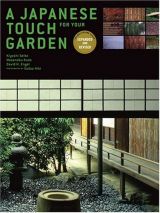
|
Bazar |
|
Cena v akci:
|
498,00 Kč |
|
Internetová cena:
|
839,00 Kč |
|
Běžná cena:
|
1 049,00 Kč |
|
Zboží není skladem
|
Se slevou nabízíme exemplář s drobnými vadmi na obálce
With this book, you can bring a touch of Oriental magic into your own backyard. All the basic components of a Japanese garden and their functions are explained and illustrated: stepping stones, paving stones, stone lanterns, signs, and statues; streams, waterfalls, and ponds; bamboo fences, gates, and walls. Written by eminent authorities on architectural design, botany, and landscape design, this popular book has now been fully revised and expanded. BRAND-NEW EDITION
- 192 all-new photographs and a stylish new design
- Twice the color pages with even more gardens to inspire you
- 126 detailed line drawings
A Japanese Touch for Your Garden is a concise introduction to the practical aspects of making a Japanese garden. Whether it's a spacious suburban lot, an office courtyard, or a tiny, inner-city backyard, here are hundreds of creative but time-honored ways to make maximum use of the space available. Readers will learn how to lay stones and pathways and how to create intriguing sand patterns like the ones in Zen temple gardens. They will learn about Japanese lanterns, miniature pagodas, water basins, gates, and walls, and will be shown, step-by-step, how to make a bamboo lattice fence. Notes on the care of bamboo, moss, and grass are also provided, as are names of native North American plants and trees that can be substituted for conventional Japanese varieties. After 27 years in print, this popular book has been revised and expanded to include more gardens and now has twice as many color pages. With nearly 200 photographs of Japanese gardens, old and new, it offers ideas for endless variations. Thoroughly up-to-date in its approach and based on the principle that a garden must satisfy the gardener, not a set of inflexible guidelines, this book encourages readers to choose freely from the wide range of traditional Japanese design elements that suit individual needs and tastes. Whether one lives in the country, city, or somewhere in between, he or she will discover numerous ways to transform—simply, inexpensively, and with one's own two hands—that back porch, corridor, or yard into an intimate, tranquil oasis that will reward all the planning and work with a rich and ever-changing beauty.
Kiyoshi Seike (1918~2005) One of postwar Japan's most original and thoughtful residential designers. He worked on a great number of private residential and large-scale commercial and public projects. With degrees from the Tokyo Academy of Fine Art and the Tokyo Institute of Technology, he was a professor at the Tokyo National University and Tokyo Institute of Technology. Masanobu Kudo (1924~96) An expert on flowers, trees, and plants, he made contributions to numerous publications on flower arranging and Japanese gardens. He edited Sakutei no Jiten (Encyclopedia of Garden Making) with Mr. Seike, and held a degree in East Asian history from Kyoto University. He also helped found the avant-garde Ohara school of flower arranging and in 1969 became the director of the Japan Ikebana Arts Association. David H. Engel, who served as editorial consultant for this volume, is a prominent American landscape architect and site planner. For several years in the 1950s, he studied in Japan under Tansai Sano, the late master landscape architect of Kyoto. He has done both private residential and large-scale commercial and public work. His designs include the Heian pavilions for the headquarters of the Gulf States Paper Corporation and the Japanese garden on the Rockefeller estate, acknowledged to be the finest in the Western world. A contributor to House Beautiful and The New Yorker, Engel is also the author of Japanese Gardens for Today and A Thousand Mountains, A Million Hills: Creating the Rock Work of Japanese Gardens. Sadao Hibi is a renowned photographer specializing in traditional Japanese architecture and gardens. He is a member of the Japan Professional Photographers Society and began his career as a photographer in his early twenties. Through his work Hibi seeks a deeper appreciation of traditional Japanese art and craft and has published more than sixty titles, in English and Japanese, including The Color of Japan and Snow, Wave, Pine: Traditional Patterns in Japanese Design.
Ukázky z knihy (pro zvětšení klikněte)
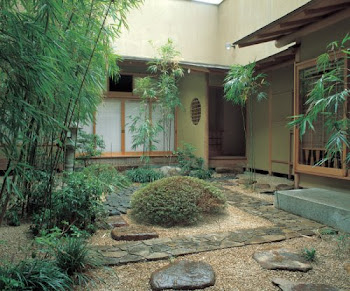 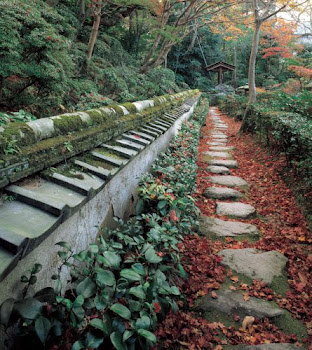 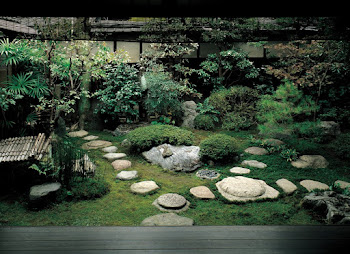 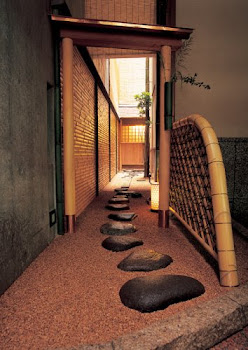 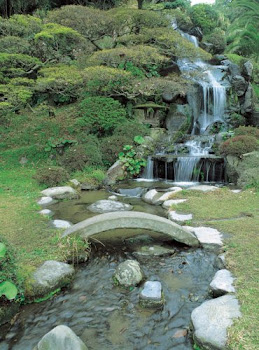 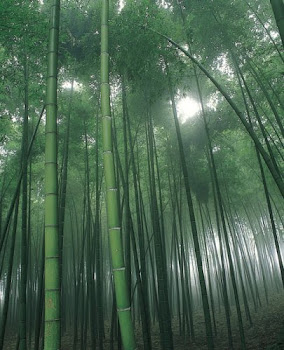
Diskuze
Žádný příspěvek do diskuze. Přidejte svůj názor »
|








